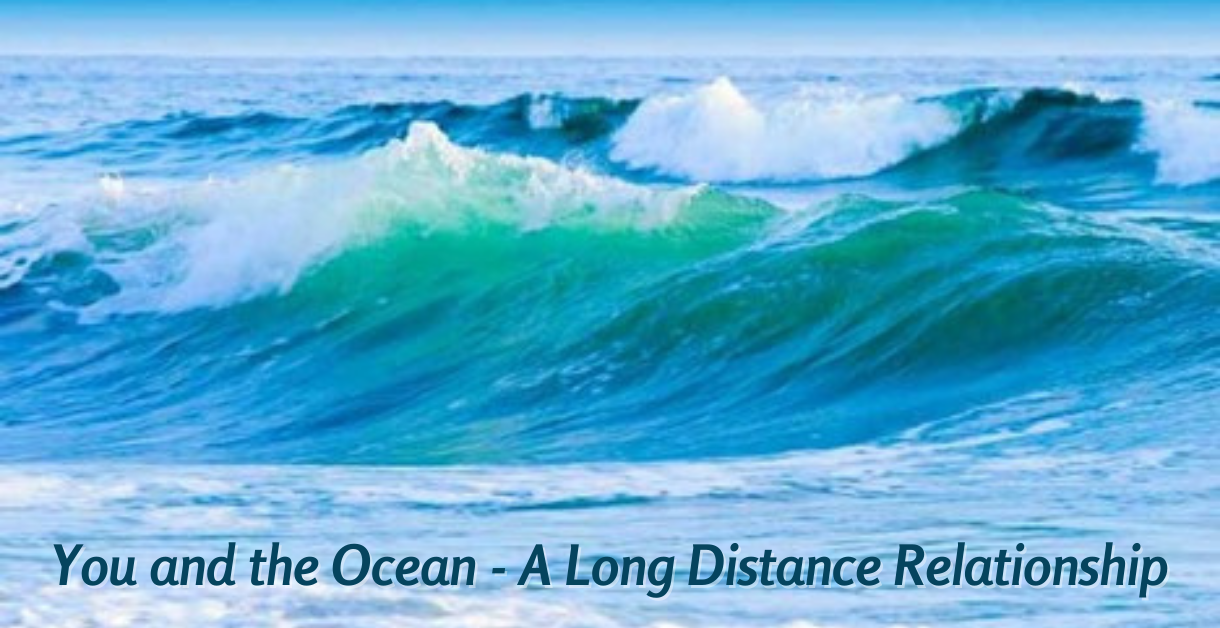Many of us aren’t fortunate enough to live near the coast and see the ocean on a regular basis. However, wherever you live the view out your window includes water or evidence of its life-sustaining effects. In her 2009 TedTalk, "My Wish: Protect Our Oceans", legendary oceanographer Dr. Sylvia Earle accurately represented all life’s dependence on the ocean when she simply stated, "with every drop of water you drink, every breath you take, you're connected to the sea. No matter where on Earth you live. No water, no life. No blue, no green."
Here at Ocean First Education, we are thousands of miles away from the ocean in land-locked Colorado, yet we are keenly aware of how our actions affect it. Understanding the concept of a watershed is one way to appreciate the long-distance relationship many of us have with the ocean.
A watershed is a defined area of land from which precipitation and runoff, water from various sources that don’t infiltrate the ground, are channeled to a stream or river. Watersheds can be of various sizes. Some inland watersheds span thousands of square miles and may contain streams, rivers, lakes, reservoirs, as well as the underlying groundwater.
Here in Boulder, we are located within the Boulder Creek Watershed, roughly 450 square miles of area located on the Front Range of the Rocky Mountains. The watershed includes all the land that drains water into Boulder Creek. Boulder Creek flows into the Platte River which ultimately flows into the Mississippi River and then into the Gulf of Mexico. Thus, here in Boulder, we are a small part of the largest watershed in the United States, the Mississippi River Watershed, which drains 1.15 million square miles from all or part of 31 U.S. states!
As the water moves through the watershed, it often picks up pollutants, which may have negative effects on the watershed and, ultimately, on the ocean. This means that the ways we care for our watershed, even if we live thousands of miles away from the ocean, can make a huge difference. Here are some ways you can help to keep your watershed healthy.
1. Explore a local stream and the surrounding area. Find out what plants and animals live there. Find out where the stream starts and drains. Learn what influences water flow and quality in your community.
2. Experiment with ways to conserve water. You could try to use water more efficiently and plan ways to reuse water.
3. Educate yourself on how to dispose of household waste properly. Proper waste disposal and recycling keeps pollution out of local waterways.
4. Evaluate ways to reduce runoff from your home. Consider using permeable surfaces that allow precipitation to soak into the ground. Perhaps position rain gutters so that they drain to the yard, not the street.
5. Share what you know about watershed health with others. Invite them to share their ideas for how to promote watershed health.
![]() Chrissy Frederick spent 20 years as a classroom science teacher in both public and independent schools. She now brings her passion for science to her role as an instructional designer with Ocean First Education (OFE).
Chrissy Frederick spent 20 years as a classroom science teacher in both public and independent schools. She now brings her passion for science to her role as an instructional designer with Ocean First Education (OFE).
At OFE, students are taken to the intersection of fascination and education, through engaging, relevant, and student-centered learning experiences.
Join Chrissy on July 29, 2021, at 11:00 AM Pacific for a free webinar and gain an appreciation of the topography of the seafloor and basic survey techniques. In this webinar, students will use easily obtained materials to simulate how scientists map the ocean floor.
Plus, you can always save 20% on amazing Ocean First Education curricula at the Co-op.


